It’s perhaps a sign of our embattled and topsy-turvy times that despite a cost of living crisis, pressing climate concerns and war in Europe, sales of luxury SUVs continue to boom.
In fairness, you can’t exactly blame manufacturers for trying to meet demand, because these large and lavishly appointed machines all come with a healthy slice of profit baked in - and after years of pandemic-enforced sales restrictions, most firms want to make heavily fatted hay while the sun shines.
Moreover, think what you will of these four-wheeled displays of conspicuous consumption, but there’s no doubting their versatility or the depth of engineering on display (or even hidden away).
Melding the cosseting comfort of an executive saloon with refined and mature road manners, many of these machines can also squeeze in seven occupants and still have space to spare.
Then there’s the fact that many can head further off the beaten track than you’d ever thought possible – although whether you want to pitch diamond-cut 21in alloys and special-order matt paintwork against mud, rocks and hawthorn hedges is another matter.
And despite their bluff appearance and gas-guzzling reputation, many of our contenders in this list feature plug-in hybrid powertrains that could save a fair chunk in fuel costs and deliver some healthy tax savings for company car drivers.
Now almost every premium player (and upmarket wannabe) has one of these models on their books. To make things easier, we’ve picked out 10 of the best for you.
Top 10 best luxury SUVs
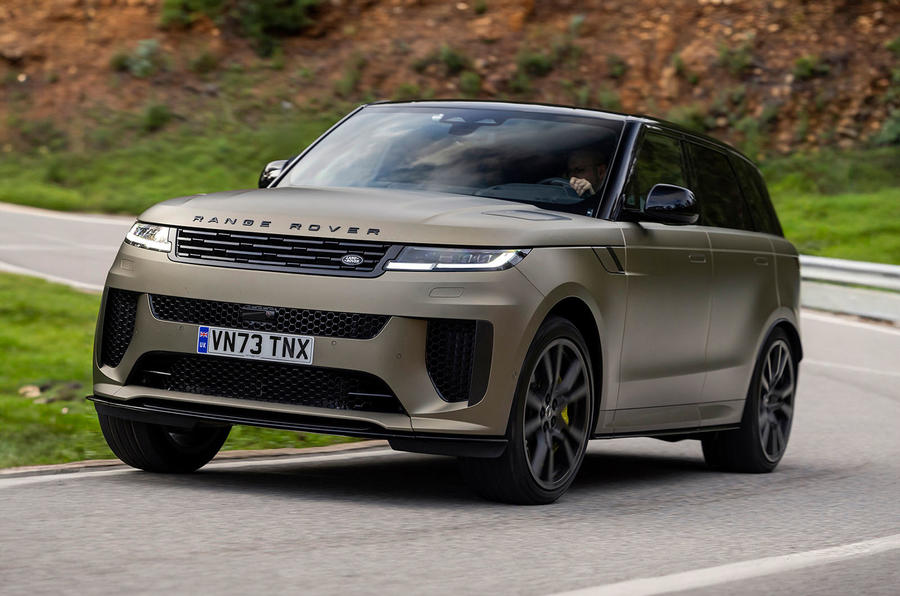
Many brands have tried to muscle in on this increasingly crowded corner of the market, but none has yet managed to depose the king of luxury SUVs: the Range Rover.
In this case, we've picked the Range Rover Sport, which objectively speaking is a fractionally more complete and compelling purchase than its fractionally larger and much pricier big brother.
Now in its third generation, the Sport does a fine job of pitching for the title of ‘every car you’ll ever need’. A material richness that befits its luxury billing is expected, as is the imperious off-road ability and loping on-road comfort.
The space and seven-seat versatility is also a carryover from its extremely successful predecessor. Less expected in the surprising dynamism that makes the Sport feel far more fleet-footed than its vast exterior dimensions would suggest.
This is achieved in no small part by the optional anti-roll air suspension and four-wheel steering option, the later giving a real boost in agility.
It's built on the same MLA Flex platform as the full-fat Rangie, which means it offers a complete catalogue of abilities, and while it’s not quite as large or as spacious as its bigger sibling, the Sport more than makes up for it with its remarkable breadth of talent. Then there’s the first-rate cabin richness, refinement and luxury ambience, while Land Rover's latest 13.1in Pivi Pro infotainment touchscreen finally gives the brand the onboard tech to rival the best.
The Sport's roster of qualities is certainly one for which Land Rover charges a tidy premium, even over prices typical of this rarefied class. However, it softens the blow for some with the Sport's P460e and P550e plug-in hybrid powertrains, which pack a claimed 76 miles of electric-only range, which for fleet users means a BIK tax rating of just 5%.
Land Rover's latest six-cylinder Ingenium petrol and diesel engines also feature, with the D300 and D350 mild-hybrid diesel options serving a compelling blend of parsimony, pace and peace. For those less fussed about fuel consumption, there's BMW-sourced 4.4-litre V8 that packs a 523bhp punch in its standard guise or a hammer-blow 626bhp in the new SV flagship.
The kerb weight necessary to provide the Sport's off-road ability doesn't dilute its on-road prowess either, especially when kitted out with the optional Stormer Handling pack, which comprises four-wheel steering, active anti-roll bars and trick torque-vectoring differentials. This is still a big car, but it can be hustled hard.
Even so, to drive one of these cars is to quickly realise that some prices are worth paying. The Range Rover Sport really does it all, and it may well be all the luxury SUV you'll ever want or need.
Read our Range Rover Sport review



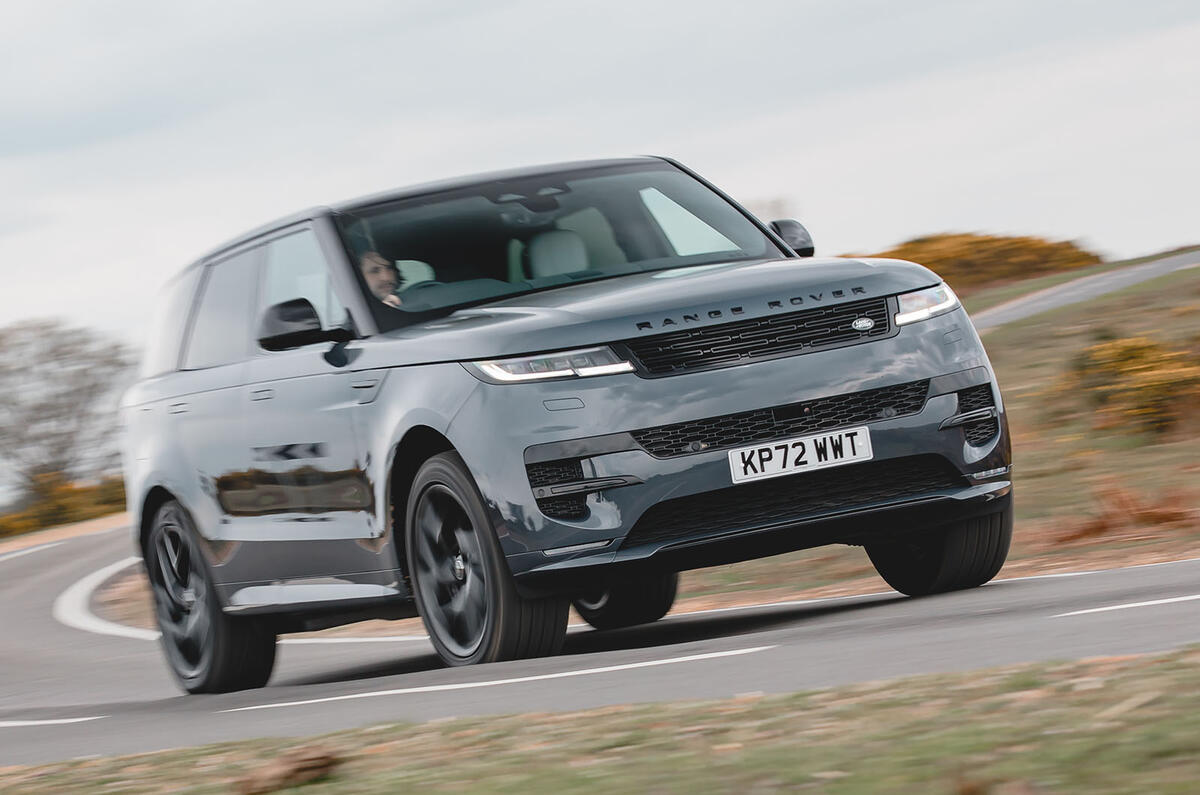










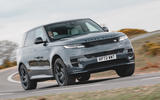










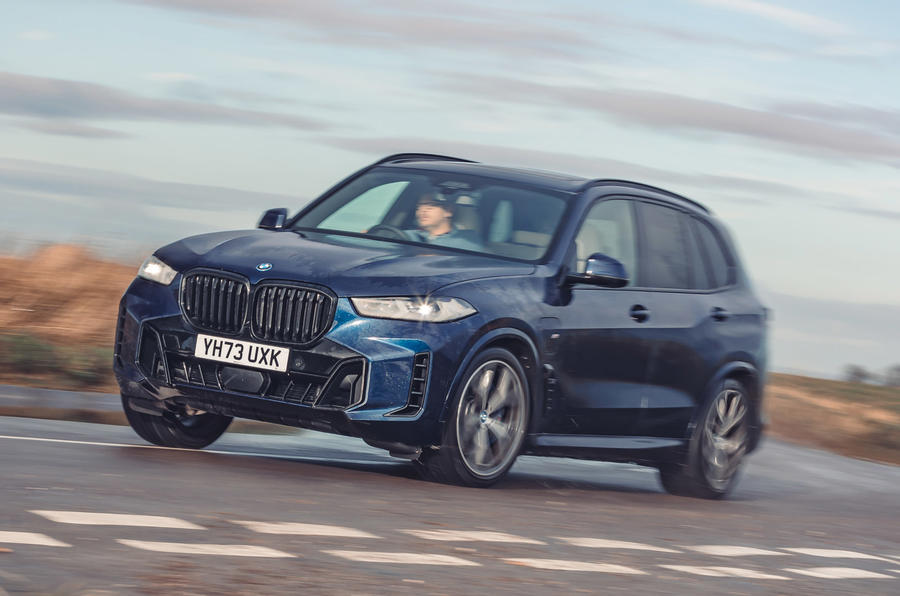
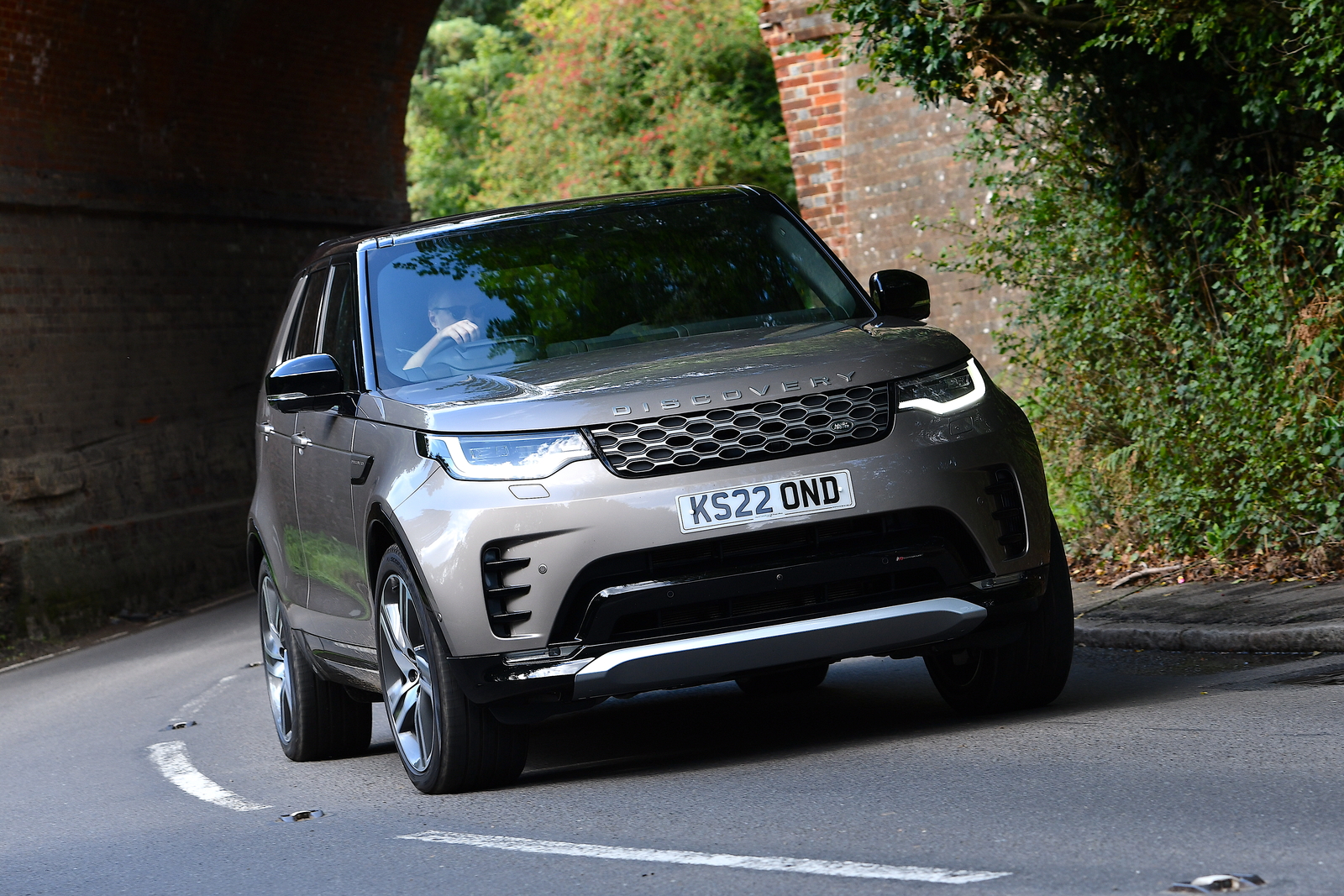
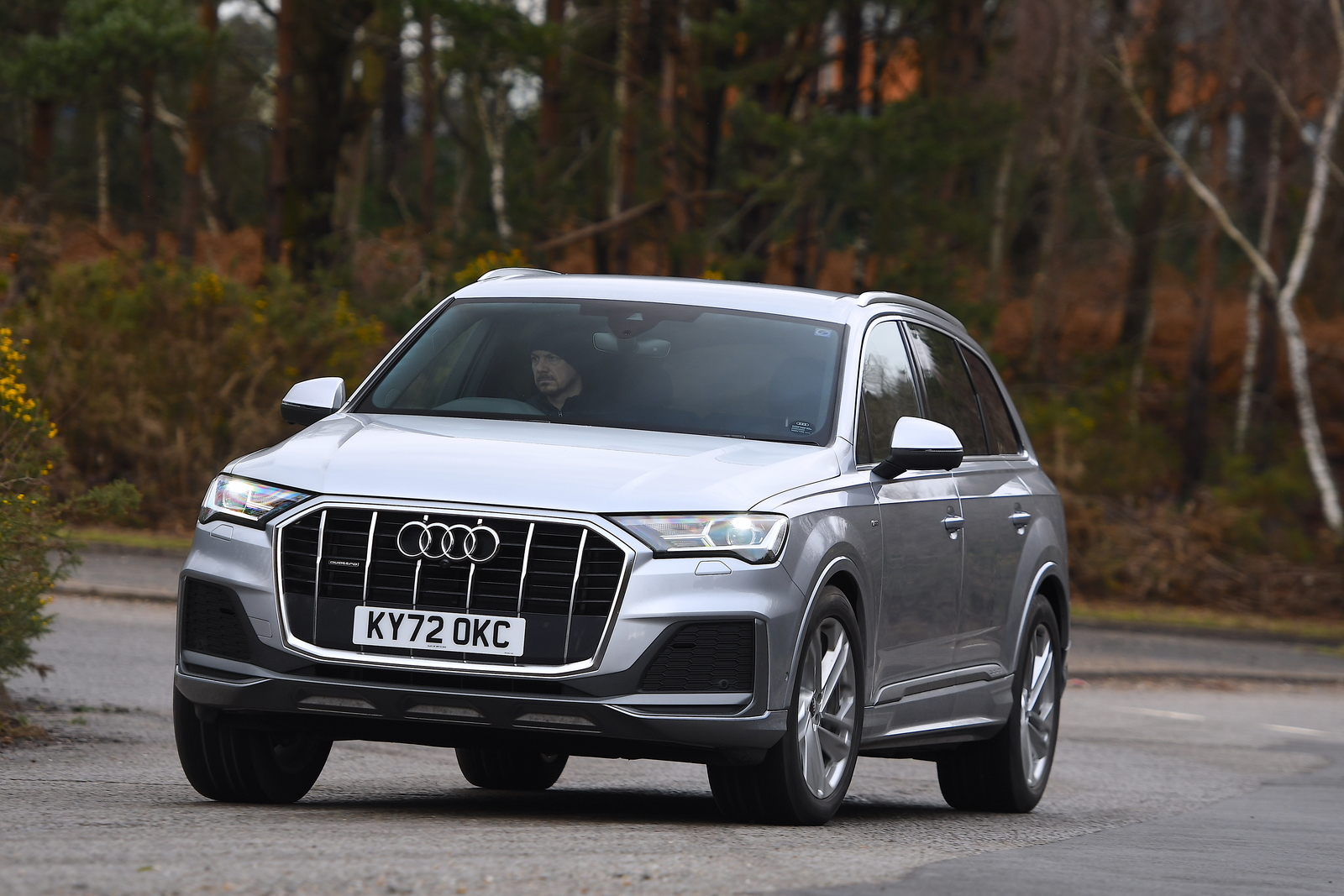
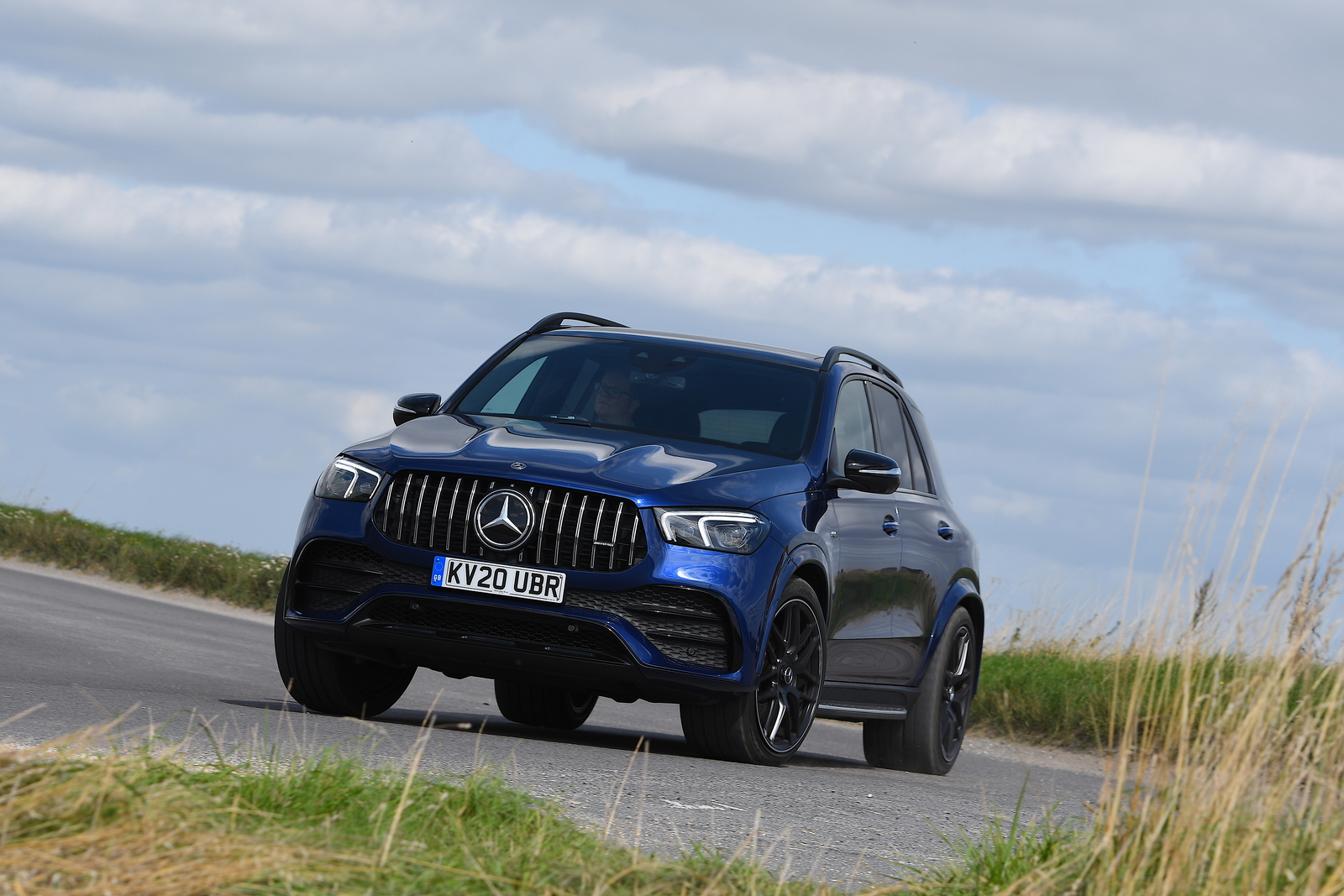
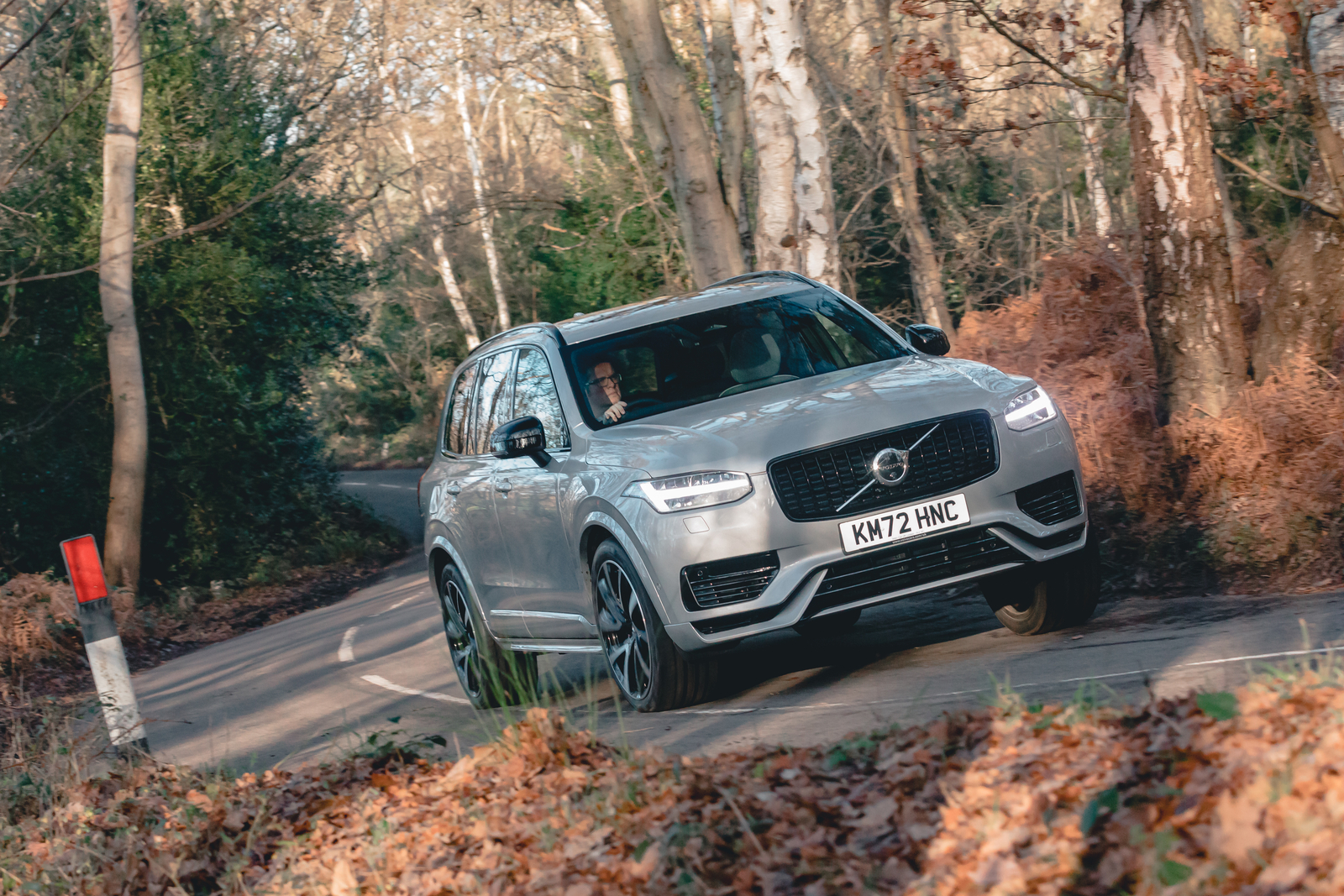
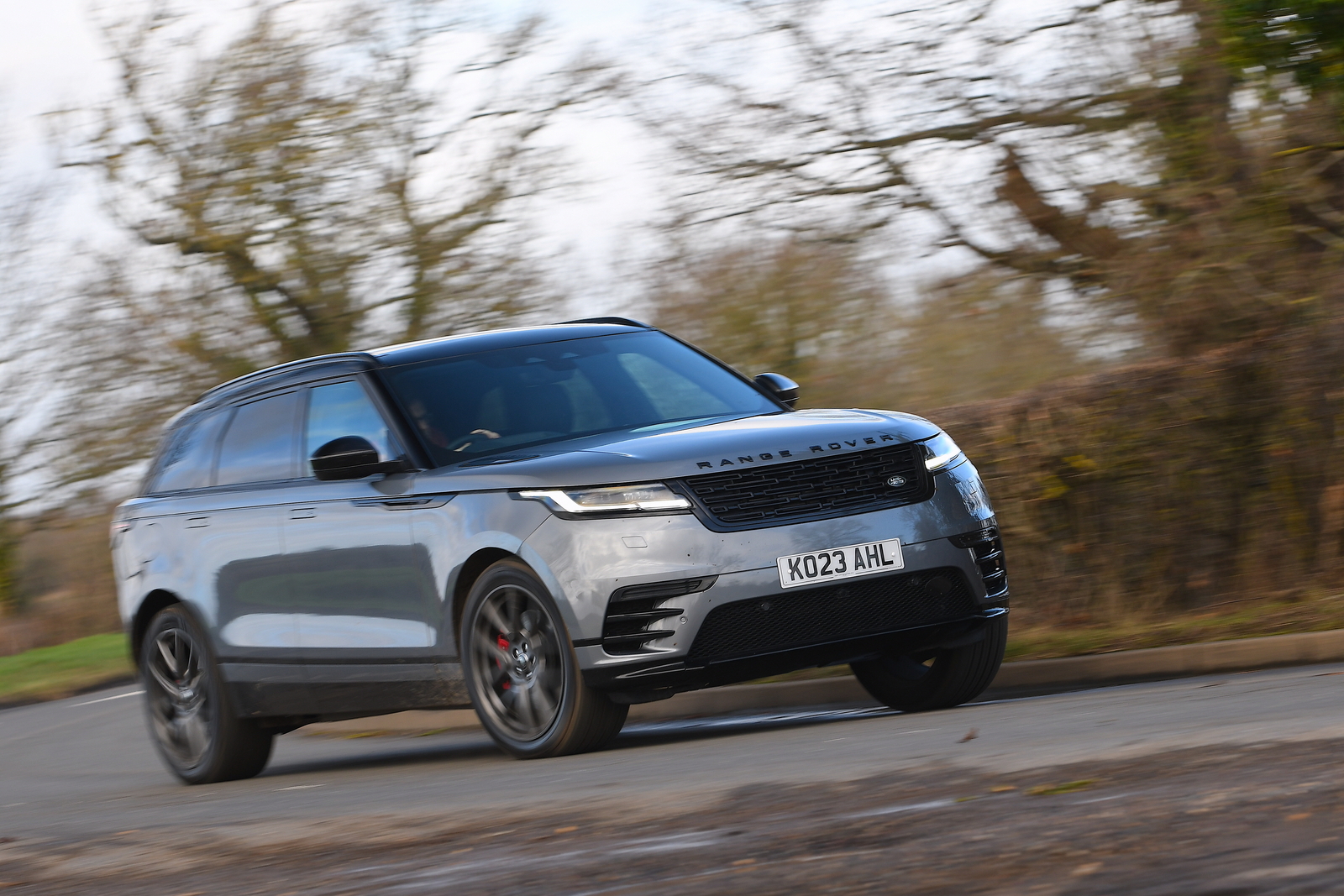
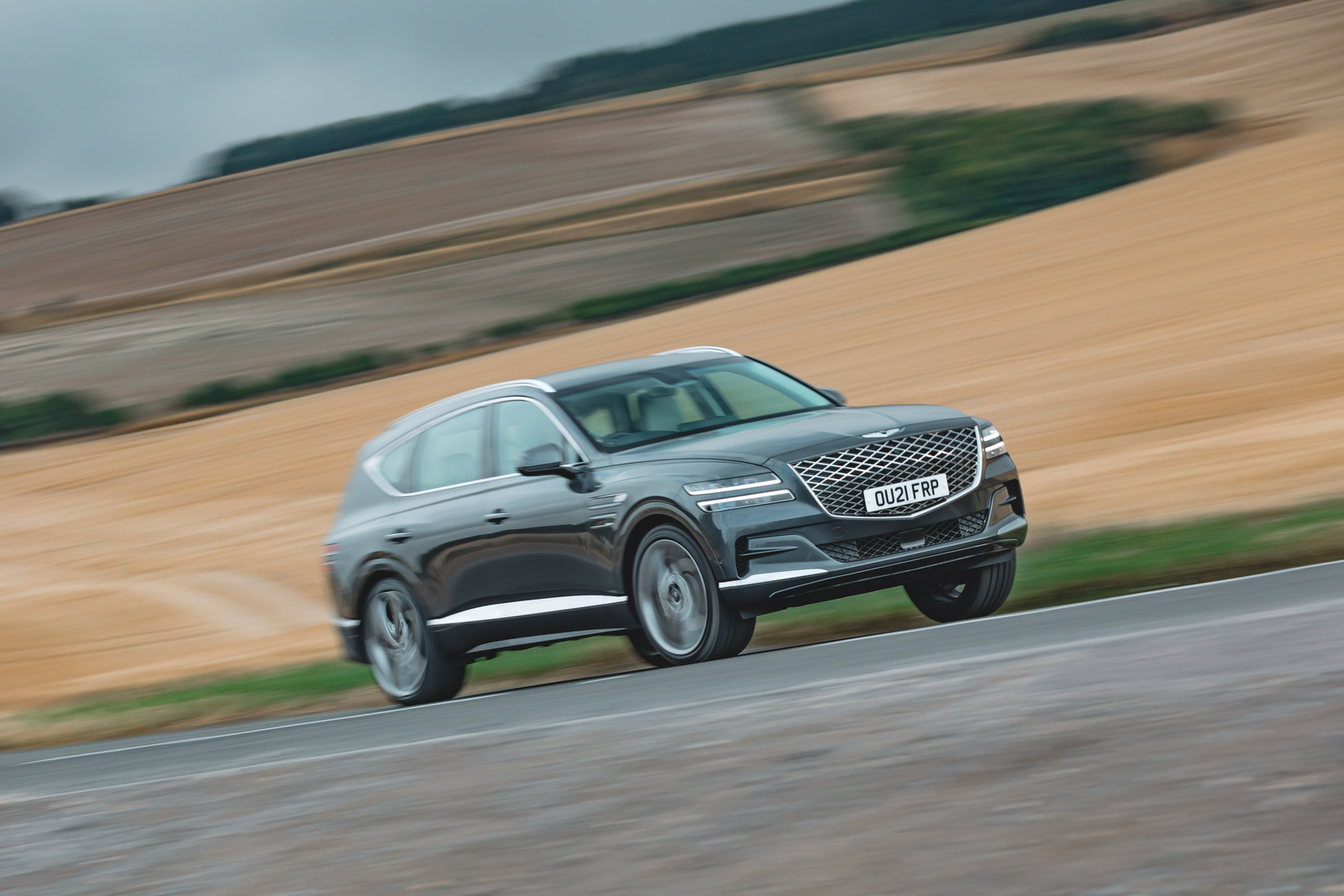
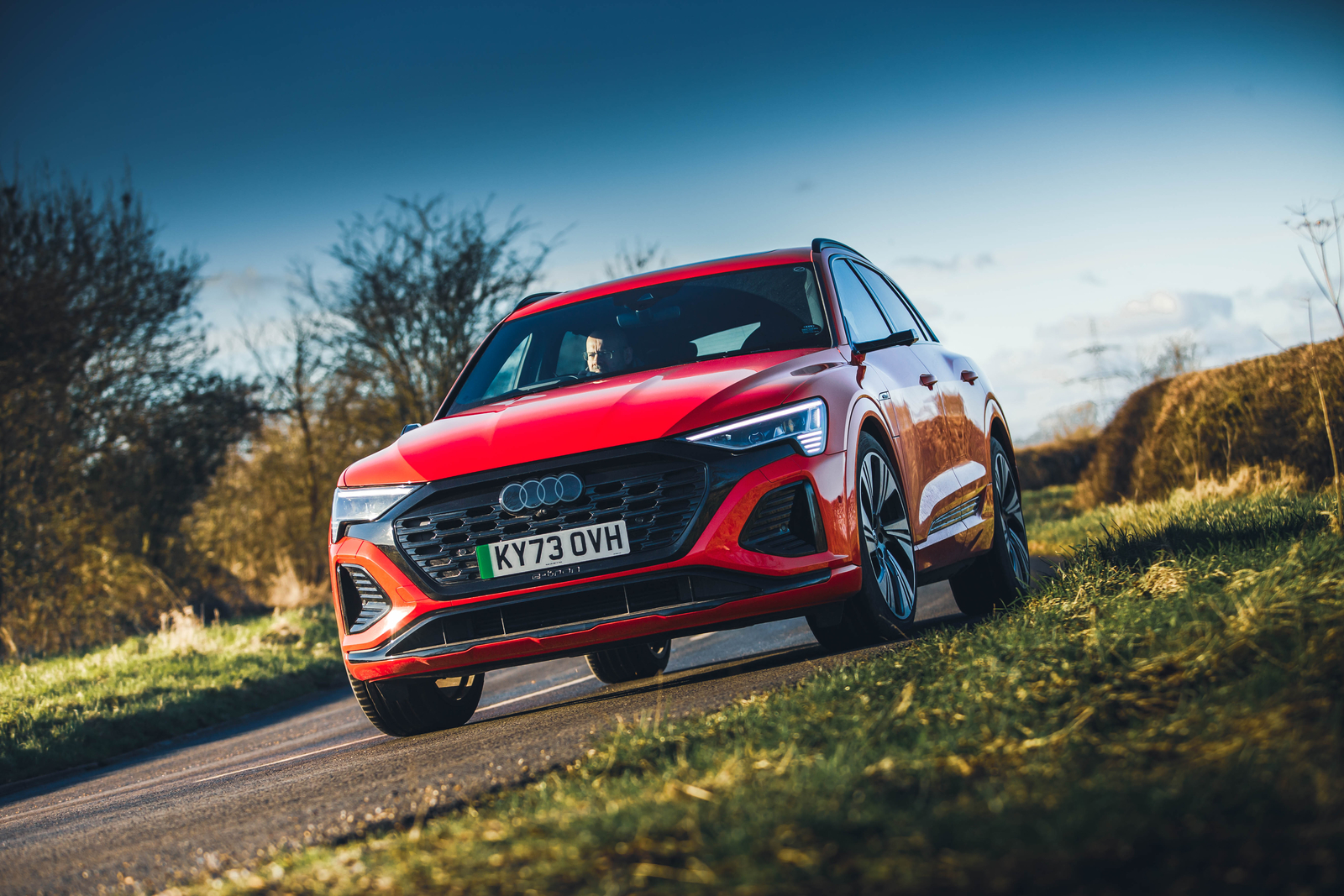





Join the debate
Add your comment
I do like the Range Rovers. The cars have the best looking interiors, are best offroad and look good, though reliabilty still needs to improve.
I'll take a reliability hit to bypass all the boring Japanese cars in this class and some mingers like the Audi Q7. For me the only rival to Land Rover is Porsche and in fairness to both brands they both offer something different to one another that appeals.
Autocar and other magazines should show reliabity of older models when reviewing older models, but also other factors such as Depreciation (go to the bottom of the class BMW) and customer satisfaction. For me Depreciation is more of an issue in buying a car than reliability, so no more new BMW's from now on.
YOU MISSED MASERATI
Come on!
What a joke. You're taking BMW, Audi, Range Rover but you forgot the Maserati Levante Trofeo. It's got so much hp, almost 580 hp and does 0-60 in just 4.9 secs!
JLR steals the show
Absolute quality cars JLR is producing now days.I cannot wait for the new jaguar XJ myself, but the land rover defender is an a master piece.This is by far the most exciting brand going into 2020.